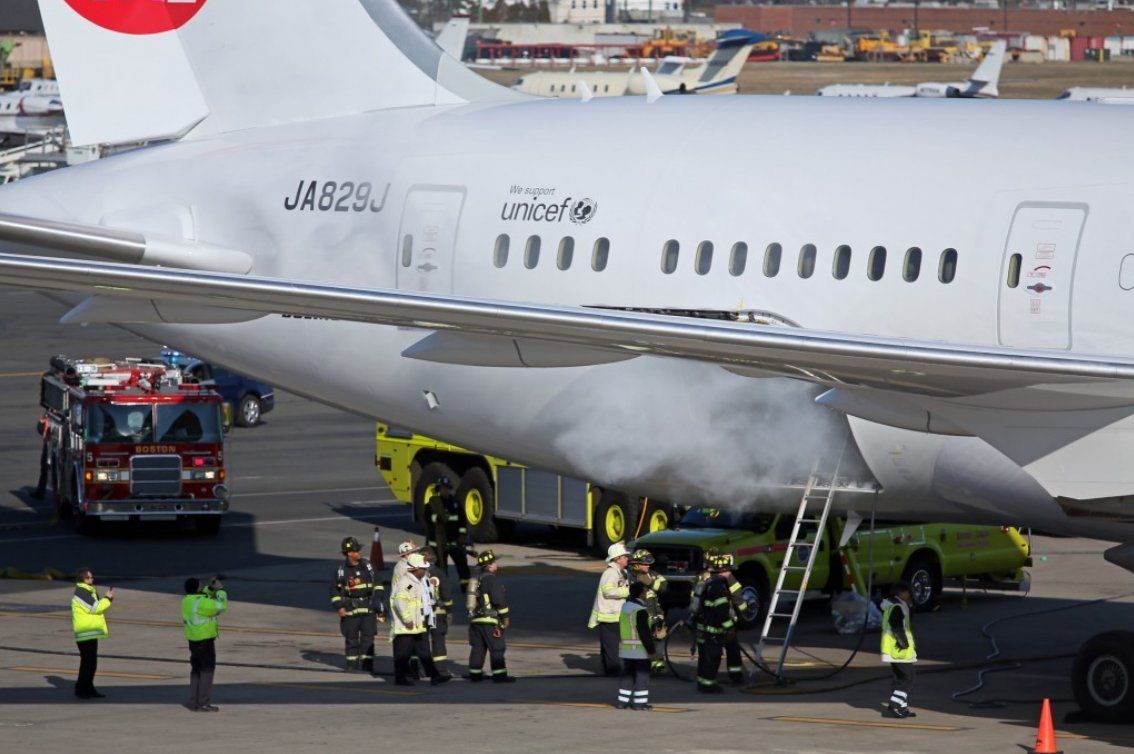
Your cell phone, laptop, and tablet are all likely powered by lithium-ion batteries (LIBs); low weight and high energy density have made them the rechargeable battery of choice for nearly all mobile devices. Recently, companies such as Tesla and Japan Airlines have been using LIBs in electric vehicles and planes, but have found that scaling up battery packs from cell phones to cars is complicated, and can lead to disastrous consequences.
The trouble is that the liquid electrolyte—the intermediary required to shuttle lithium ions between electrodes during charge and discharge—is both flammable and highly pressurized. When batteries get damaged or malfunction, they can catch fire. The larger battery packs of cars and planes lead to greater heat generation and, potentially, larger and more explosive fires.
Researchers have been trying to replace this problematic liquid with a nonflammable alternative for years, but found that battery performance always suffered. A recent breakthrough from groups at UC Berkeley, the University of North Carolina at Chapel Hill (UNC-CH), and Lawrence Berkeley National Laboratory (LBL) may have found the answer: perfluoropolyether (PFPE), a common nonflammable substance used as a lubricant for gears. It dissolves lithium salts, transports ions easily, and exhibits high thermal stability.
Developing the new electrolyte was a collaborative effort between the groups of Professor Nitash Balsara in the UC Berkeley Department of Chemical Engineering, Professor Joseph DeSimone at UNC-CH, and Dr. Vincent Battaglia at LBL. DeSimone first considered PFPE while studying its potential use on the bottom of naval ships as a means of preventing marine life from sticking. He noticed that it had a similar structure to the electrolytes commonly used in LIBs, and contacted the Balsara group to study its ability to transport ions and to build batteries for testing. Balsara and DeSimone are now launching a start-up in the Bay Area to help scale up this new technology for commercial applications.
—Alexandra del Carpio
featured image: Boeing 787 Dreamliner grounded due to a fire caused by thermal runaway of lithium-ion batteries (source)
This article is part of the Fall 2014 issue.



